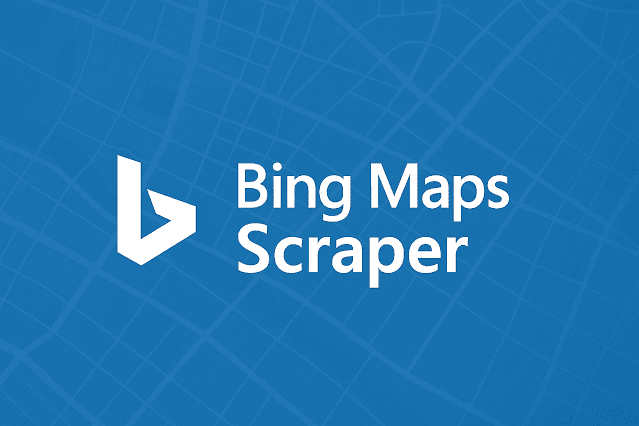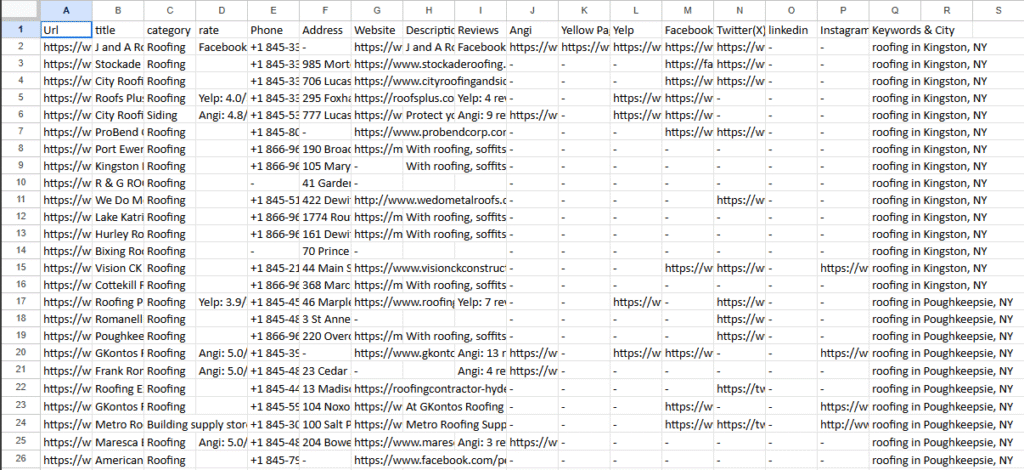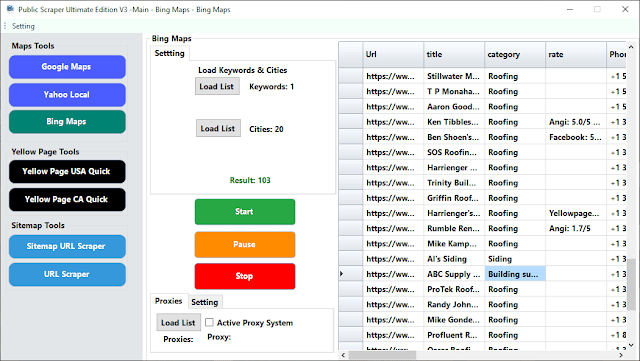Bing Map Scraper: A Practical Guide to Turning Maps Into Leads
We live in a world where data quietly decides who wins. Teams that can find clean information, organize it, and—crucially—use it, tend to outrun the rest. If you’re building B2B lead lists, planning local campaigns, or poking at a new market, verified business details are the raw materials.
One fast way to gather those details is a Bing Map Scraper. Think of it as a tool that pulls structured business info directly from Bing Maps—names, addresses, websites, and the usual surrounding context—without the copy-paste grind.

What is a Bing Map Scraper?
In short, it’s software that automates what many of us have done by hand: search a location, open a listing, and jot down the data. The scraper does that at scale. With a few inputs, you can gather business names, categories, phone numbers, URLs, ratings, snippets of descriptions, hours, sometimes social links— neatly arranged for analysis.
It’s useful for marketers, sales folks, researchers, solo founders. Anyone who’s tired of spreadsheets that were built one painful cell at a time.
Why not just do it manually?
Because time. And because humans slip—typos, inconsistent formats, missed entries. Automation keeps formatting steady and speed high; you can pull hundreds (even thousands) of entries faster than you can say “Ctrl+C.” That doesn’t mean oversight disappears—someone still sanity-checks—but the heavy lifting moves to the machine.
A few practical upsides:
- Hours saved: bulk extraction beats manual data entry every day.
- Better consistency: one schema, one format, fewer mistakes.
- Easier to scale: today it’s one city; tomorrow it might be twenty.
- Focus regained: let people handle strategy, not drudgery.
What data can you extract?
Depending on availability per listing, you can usually capture:
- Business name / title
- Category or industry
- Ratings & review counts
- Phone number
- Full address (street, city, ZIP, state, country)
- Website URL
- Short description (when present)
- Opening hours
- Social links (e.g., LinkedIn, Facebook, X, Instagram, YouTube) — if listed
- Mentions on third-party directories (Yelp, Angi, Yellow Pages, etc.)
- Simple custom notes (e.g., keywords per city)

Not every field appears for every business—maps data can be a little uneven—but the overall coverage is strong enough to act on.
How to use a Bing Map Scraper (without overthinking it)
- Load your keyword list.
Start with the obvious: “plumbers,” “coffee shops,” “family lawyers,” “digital marketing agencies.” Keep it specific enough to matter. - Load your locations list.
Cities, regions, or countries—whatever fits your plan. Maybe it’s real estate agents in New York, Los Angeles, and Chicago; maybe it’s cafés within 10km of a conference venue. - Enable Proxy (Optional)
Activate proxy rotation to avoid IP blocking and choose how many Cities to scrape before switching proxies automatically. - Run the scrape.
Hit start. Watch the results populate in rows instead of tabs. It’s fast—sometimes surprisingly so. - Export and put the data to work.
CSV, XLSX, or JSON typically. From there, it’s a short hop into a CRM or a dashboard.

Handy features to look for
- High-throughput collection for bigger lists when you need them.
- Session flexibility so you’re not micromanaging runs all day.
- Proxy rotation support – Secure, anonymous, and uninterrupted scraping.
- Multiple export formats (CSV, XLSX, JSON).
- An interface that isn’t a puzzle—you shouldn’t need to code.
- Performance that scales from a one-off study to an ongoing pipeline.

Who benefits the most?
- Marketers & SEO teams: build citation lists, map competitors, compare review profiles.
- Sales teams: craft targeted lead lists by industry + location.
- Researchers & analysts: collect consistent datasets for market analysis or planning.
- Owners & operators: keep an eye on nearby competitors and public sentiment.
- Agencies: package lead-gen or local SEO as a service (with permission-aware sourcing).
Why Bing Maps when Google exists?
Short version: data diversity. Bing Maps often surfaces businesses you won’t see elsewhere, and coverage can differ by niche or locale. Less scraping traffic can also mean fewer headaches, and if you live in the Microsoft ecosystem, the fit is clean. Using both platforms typically gives better market coverage—no single source sees everything.
Legal & ethical guardrails
Before you scrape anything, read the platform’s terms of service and follow local laws (GDPR, CCPA, etc.). Stick to publicly available business info. Avoid collecting or republishing sensitive personal data. Respect rate limits; don’t stress someone else’s servers. And use the data for legitimate, permission-aware outreach. Growth is good, but not at any cost.
Special October Offer! Sign up this month and get an additional month absolutely FREE. That means when you purchase now, you’ll enjoy 2 full months of unlimited access for the price of 1. Don’t miss out — this limited-time deal ends October 31st!
Bing Map Scraper vs. Yellow Pages Scraper
Bing is great for broad, international reach. Yellow Pages USA (yellowpages.com) and Yellow Pages Canada (yellowpages.ca) skew more regional and can be wonderfully deep for those markets. Many teams run both: Bing for wide coverage, Yellow Pages for extra depth in the U.S. or Canada.
How it helps SEO & lead gen (beyond “more data”)
- Local citations: grab clean NAP (name, address, phone) details to strengthen local signals.
- Competitor patterns: compare ratings, reviews, and positioning.
- Backlink ideas: spot directory and partner links businesses already use.
- Market expansion: identify underserved neighborhoods or categories and move early.
Final take
Accurate, structured location data isn’t a nice-to-have anymore; it’s table stakes. A Bing Map Scraper helps you collect it faster and cleaner, so you can spend your hours on strategy, not scraping. Use it to power lead gen, local SEO, competitive intel, or just to understand a market better. Do it responsibly, document your process, and keep your datasets fresh—stale lists don’t convert, they just look big.